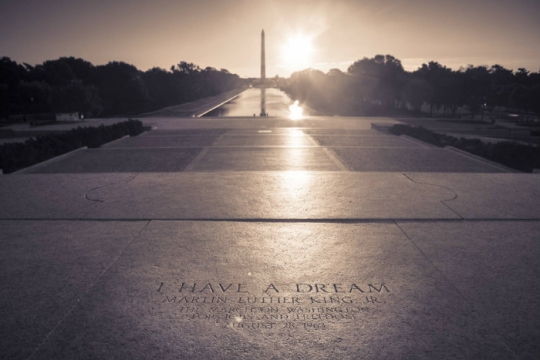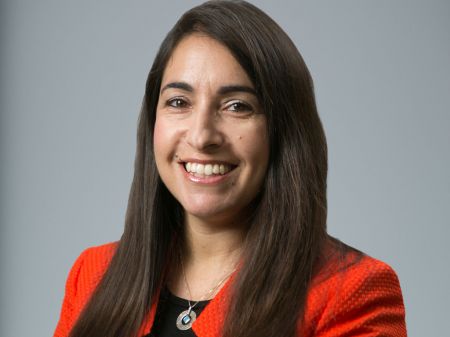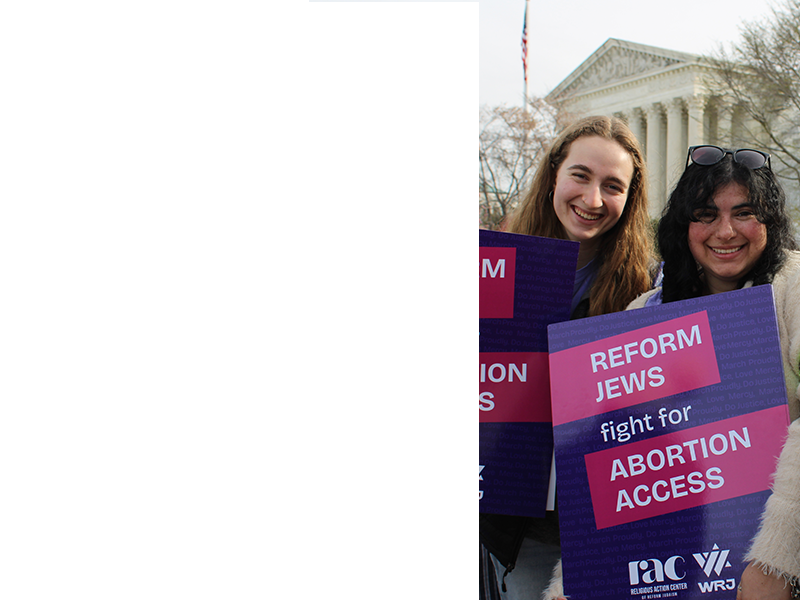
Sukkot is traditionally a time in the Jewish calendar when we erect temporary structures, booths, reminiscent of those in which our ancestors would dwell during the harvest time. It is a tradition that we observe as Americans as well, as we enter into booths each fall (and occasionally at other moments during the year) in order to make our voices heard and exercise our right to vote.
THE FOLLOWING RITUALS AND IDEAS HELP CONNECT THESE TWO SACRED PRACTICES AND ENHANCE THE IMPACT OF EACH.
In every place that Jews observe Sukkot, the basic structure of the sukkah is the same, yet each of us adds our own personal touches and customs; for example, Jews in the southern United States might use cotton branches, on the West Coast or Southeast palm branches, while those in the North or Midwest use corn stalks, and still others bamboo.
The fruit that hangs from the schach of the sukkah might vary depending on taste or availability. In the same way, these rituals are a foundation to which we hope you will add your own meaningful variations as you personalize the ritual. Voting rules and guidelines also vary by geography. Take the time to research the voting guidelines in your area to make sure you have access to the voting booth (either physical or through the mail). This year with so many people voting by mail you could turn your sukkah into a temporary voting booth for you and your family members. You can also find additional resources for civic engagement work at the RAC’s Civic Engagement Campaign page.
THINGS THAT CAN BE PHYSICALLY BE BROUGHT INTO OR HUNG IN THE SUKKAH
Ushpizin
Ushpizin are traditionally those personalities of the past that we invite into our sukkah (patriarchs, matriarchs, and others). You can use an empty chair to symbolize the Ushpizin.
With this in mind, we consider modern Ushpizin we could invite into our sukkah:
- Who are the elected leaders of the past whom we would want to invite into our sukkah?
- Who are those individuals who were denied the right to vote to whom we provide that right this Sukkot?
Sukkah Decoration
- Ballot box to hang in the sukkah: Download this ballot box, print it out, and color it. When Finished hang it in the Sukkah as a visual reminder to vote.
- Create a voting booth decoration: Take a piece of paper and hold it horizontally and then fold it on three sides to look like a voting booth, color and place some schach on top – making a mini sukkah/voting booth.
PROGRAMMATIC IDEAS TO DO IN THE SUKKAH THAT CONNECT REGISTERING TO VOTE AND OR VOTING WITH SUKKOT
Arba Minim
In Midrashic literature, the Arba Minim, or ‘Four species of Sukkot,’ can each be connected to a part of the body. In connection to exercising our right to vote, here are some ways we can apply the Arbah Minim, the Four species, to this year’s Festival of (Voting) Booths:
- Lulav/Palm = Spine Stand up for those not able to raise their voice/vote – registering others to vote, helping people get out there to vote
- Hadas/Myrtle = Eyes Look for opportunities to pursue justice
- Aravah/Willow = Mouth Practice what you preach. Speak the truth – Vote for what you believe!
- Etrog/Citron = Heart Act with your heart and work to ensure that others are able to act with theirs
Alternative Kohelet on Voting
To everything there is a season, and a time to every purpose under the heaven: A time to register to vote, and a time to help others register to vote;
A time to vote absentee, and a time to pledge to vote;
A time to discuss issues and time to share ideas;
A time to talk and a time to listen;
A time to persuade, and a time to refrain from persuasion;
A time to concede, and a time to celebrate; a time to join together, and a time to dance;
A time to seek information about candidates and ballot measures, and a time to make decisions;
A time to hold onto convictions, and a time to recognize and respect the perspective of others;
A time to disagree, and a time to agree; a time to keep silence, and a time to speak;
A time to heal, and a time to come together; A time for opposing views, and a time for peace.
Textual Connections
Kohelet, the protagonist of the book traditionally read during Sukkot, Ecclesiastes (Kohelet in Hebrew), famously said “there is nothing new under the sun.” Similarly, one might say, if you don’t vote, “You reap what you sow.”
You can also use these texts, commentaries, and discussion questions to help root your Reform Jewish community’s civic engagement efforts in Jewish values and teachings. Use this text study to explore how the process for selecting leaders for the community has changed over time.
Please let us know how you used these resources.
Related Posts
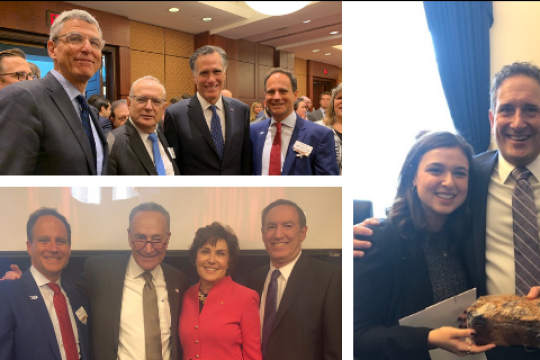
RAC Legislative Priorities for the 117th Congress
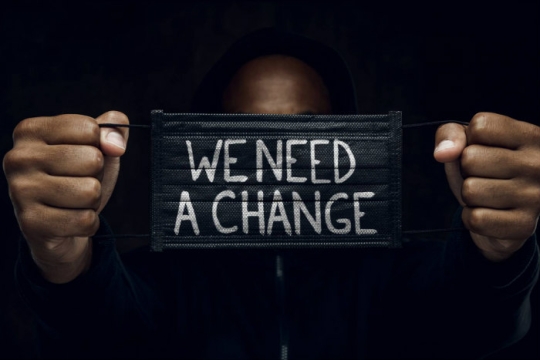
Justice, Justice Shall We Pursue: Resources for Action after the Capitol Insurrection
